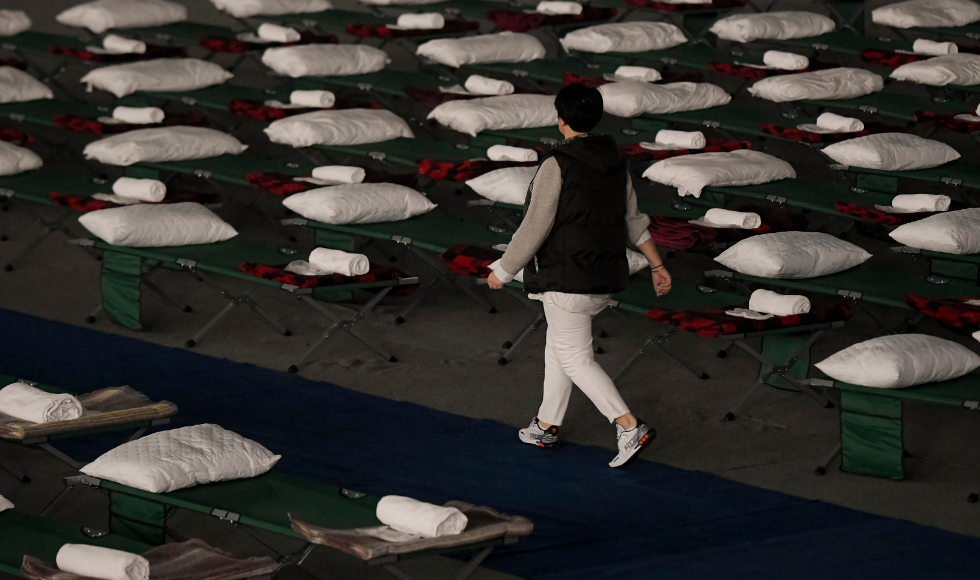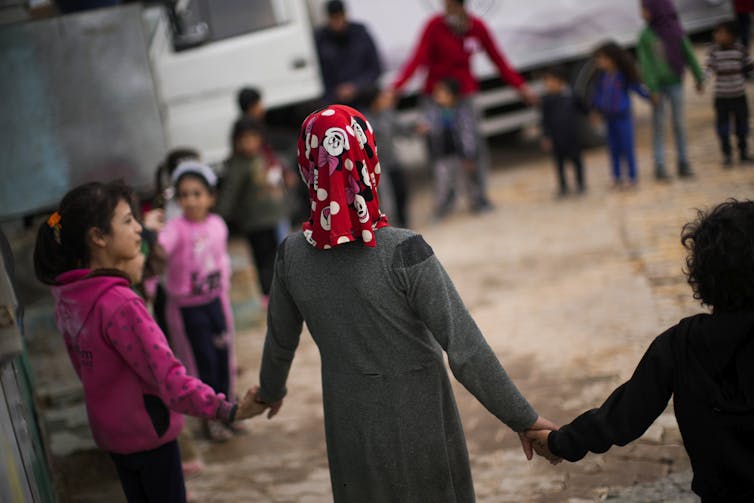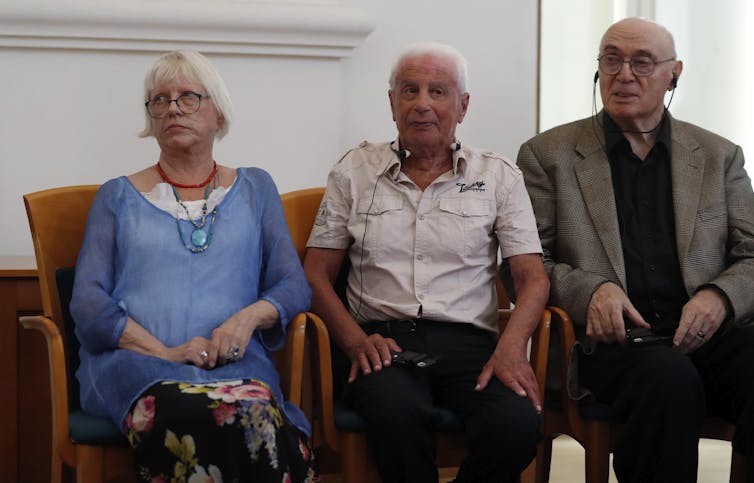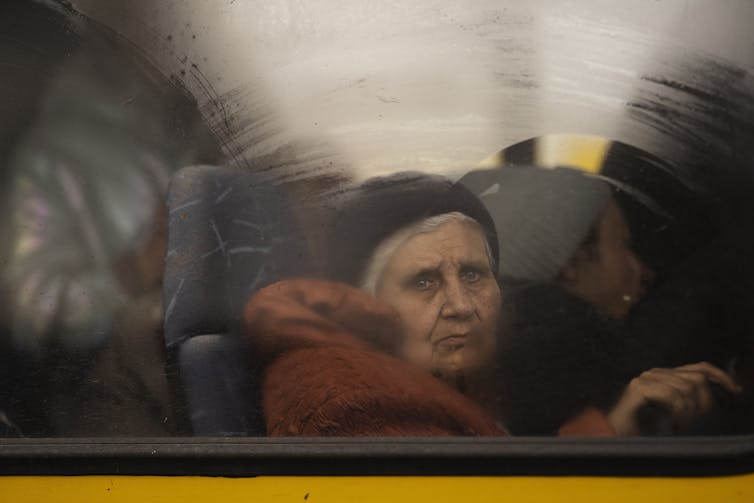Analysis: Will the Ukrainian exodus surpass the Second World War’s refugee flows?

A woman walks past beds at a camp in Bucharest, Romania, ready for an influx of refugees fleeing the war in neighbouring Ukraine in April 2022. (AP Photo/Andreea Alexandru)
BY Bruce Newbold
June 1, 2022
In a recent news release, the United Nations High Commission for Refugees (UNHCR) counted more than 100 million people globally who have been displaced and forced to flee conflict, violence, human rights violations and persecution.
The staggering number of refugees has been driven by wars in Ukraine and Afghanistan, Syria, South Sudan, Myanmar and Somalia. In Ukraine, there’s been a massive exodus of people since Russia invaded the country in February.

More than 6.6 million Ukrainians have fled, with the number continuing to grow. Men aged 18 to 64 have been required to remain in the country to aid in its defence, so most of the refugees are women and children.
The situation represents Europe’s biggest and most rapid exodus of people since the Second World War, when an estimated 11 million people were displaced from their home countries by 1945.
Post-war European history is also littered with refugee movements generated by conflict between the Soviet Union and the West.
Cold War refugee flows
Although it’s harder to identify the total number of refugees produced in these conflicts owing to the scale of movement, the difficulty of defining and counting refugees and shifting terminology (for example, the use of the term “refugees” instead of “displaced persons”), we know the Cold War generated millions of refugees out of Communist Europe in the years immediately following the Second World War.
This included an estimated 3.5 million who fled East Germany before the Berlin Wall was built.
The 1956 Hungarian Revolution was estimated to have produced 200,000 refugees.
The 1968 Prague Spring — an attempt by the people of the Czechoslovak Socialist Republic (now the Czech Republic and Slovakia) to institute political liberalization through mass protests — was crushed by the Soviet Union, producing approximately 80,000 refugees.

From 1991 to 2001, an estimated 2.4 million refugees resulted from series of inter-related wars connected to the former Yugoslavia breaking into the independent countries of Croatia, Serbia, Slovenia, Kosovo and Bosnia.
The majority of Ukrainian refugees have fled to Poland, but Hungary, Romania and Slovakia, and Moldova have also received refugees. Some Ukrainians have also been able to relocate to third-country destinations, including Canada, the United States, the United Kingdom and Germany.
Ukrainians displaced or trapped
But the UNHCR estimates that more than seven million Ukrainians are displaced within the country, in particular those who have fled the intense fighting in eastern Ukraine for the western city of Lviv, and those who fled Kyiv while the country’s capital was under siege.
Counting both refugees and internally displaced individuals, more than a quarter of Ukraine’s population is now displaced.

Still others are trapped and unable to leave their devastated homes and communities, essentially meaning that they have been displaced without being able to leave.
Though there are recent reports of people returning to parts of Ukraine as Russian forces have moved out, the war is showing no signs of letting up, making it more than likely that both refugee flows and internal displacement will continue to grow.
It has taken less than 11 weeks for the Russia-Ukraine conflict to become the greatest trigger for human displacement in Europe since the entire six years of the Second World War.
Given Ukraine’s population is 44 million, it’s quite possible the ongoing conflict may result in refugee flows that surpass the Second World War’s.![]()
Bruce Newbold, Professor of Geography, McMaster University. This article is republished from The Conversation under a Creative Commons license. Read the original article.


